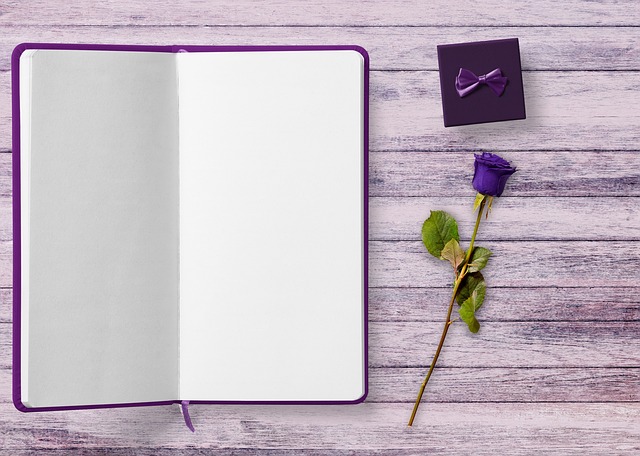Every January, a wave of resolutions sweeps across the globe, and many of us pledge to become a better version of ourselves. While the usual promises—exercise more, eat healthier, quit smoking—receive the most attention, an often overlooked pillar of personal growth lies in the pages we turn. Logging of reading, the simple act of tracking what we read, transforms casual consumption into a disciplined practice that fuels the other resolutions. By treating each book or article as a data point, we can measure progress, recognize patterns, and keep our intellectual appetite aligned with our lifestyle goals. This article explores how a structured logging of reading can become the backbone of a New Year’s lifestyle reset, guiding us toward a “new me” that is informed, reflective, and resilient.
The Power of Logging of Reading for New Year’s Resolutions
When we commit to a resolution, the first challenge is sustainability. Logging of reading introduces a tangible metric: pages, chapters, or hours. Unlike vague intentions, this metric provides instant feedback, making the abstract idea of “reading more” concrete. Moreover, the habit of logging itself reinforces routine, a key component in any lifestyle change. Studies on habit formation show that consistent tracking reduces the mental load of decision-making, allowing the brain to automate behavior over time. By embedding reading logs into a daily ritual—perhaps before bed or during breakfast—we create a scaffold that supports other resolutions, such as mindfulness or physical fitness, by fostering a disciplined mindset across domains.
Getting Started: The Basics of a Reading Log
Begin by selecting a simple format: a notebook, a spreadsheet, or a dedicated app that records title, author, genre, start and finish dates, and a brief personal reflection. When you first open the log, write a short mission statement: “I will read 10 books this year, covering fiction, non-fiction, and self‑help to broaden my perspective.” As you add each entry, note the time spent and any insights gained. The act of writing these details solidifies memory, allowing you to revisit themes or ideas later. For beginners, aim to log at least once a week; as the habit settles, increase frequency to daily entries.
Aligning Reading with Lifestyle Changes
To integrate logging of reading into a broader lifestyle reset, pair your reading goals with other daily actions. For example, if one resolution is to improve sleep, choose lighter reads before bed and record their effect on rest. If another is to increase physical activity, select books on fitness and track how reading motivates your workouts. This cross‑referencing turns your log into a multidimensional diary, revealing how different lifestyle components interact. The data you gather will highlight whether a particular genre energizes you, or if certain topics cause stress, helping you fine‑tune both reading choices and broader habits.
Designing a 30‑Day Reading Sprint
Use the first month as a testbed. Choose 5 diverse titles—one from each major category—and set a daily page target of 20 pages. Record each day’s progress in the log, noting mood, distractions, and any breakthroughs. At the end of each week, review your entries: did you meet your page goal? What was the emotional impact of each book? Adjust the next week’s plan based on this self‑audit. This sprint not only kickstarts your reading habit but also establishes a pattern of reflection, making the process iterative and evidence‑based.
The Tangible Benefits of Logging of Reading
Beyond the obvious cognitive gains, a structured reading log offers measurable advantages. First, it boosts retention; summarizing what you read reinforces learning and facilitates recall. Second, it promotes goal orientation—seeing your cumulative page count or number of books completed serves as a visual reward system, reinforcing motivation. Third, it encourages breadth; when you analyze genre distribution, you may discover uncharted interests, prompting further exploration. Lastly, the log becomes a historical archive, a testament to personal growth that you can revisit during times of uncertainty or reflection.
Staying Motivated: Turning Logs into a Community
While the log is a personal tool, sharing selected insights can amplify its impact. Consider creating a private group of friends who also maintain reading logs. Share monthly highlights, discuss favorite chapters, or challenge each other with themed reading weeks. Even without formal social media posts, exchanging reflections nurtures accountability and adds a layer of social reinforcement. Remember, the primary goal is to sustain the habit, so any method that keeps the log engaging—be it creative prompts, small rewards, or group discussions—can make a difference.
Conclusion: Embedding Reading into Your New Year’s Blueprint
Logging of reading is more than an exercise in documentation; it is a catalyst that aligns mind, body, and aspirations. By turning each page into a data point, you gain clarity on how intellectual consumption intertwines with other aspects of your life. The discipline of logging reinforces routine, the habit of reading expands horizons, and the combined effect accelerates your journey toward a more intentional, balanced self. As you step into the new year, let the practice of logging reading be your compass—guiding, measuring, and celebrating every step of your transformation into the best version of you.



